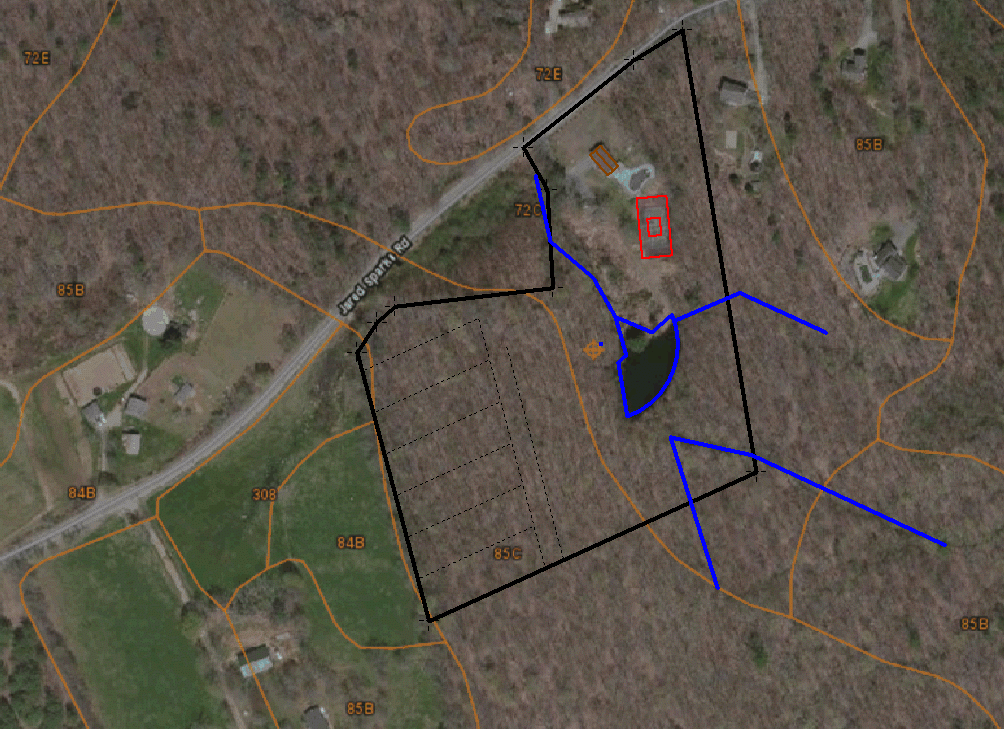
 3
3








Living in Anjou , France,
For the many not for the few
http://www.permies.com/t/80/31583/projects/Permie-Pennies-France#330873
 4
4




A human being should be able to change a diaper, plan an invasion, butcher a hog, conn a ship, design a building, write a sonnet, balance accounts, build a wall, set a bone, comfort the dying, take orders, give orders, cooperate, act alone, solve equations, analyze a new problem, pitch manure, program a computer, cook a tasty meal, fight efficiently, die gallantly. Specialization is for insects.
-Robert A. Heinlein





List of Bryant RedHawk's Epic Soil Series Threads We love visitors, that's why we live in a secluded cabin deep in the woods. "Buzzard's Roost (Asnikiye Heca) Farm." Promoting permaculture to save our planet.




























 1
1




Mike Wanner wrote:@Farmer Brown,
We think alike. My concern is replacing too many established trees with saplings/seed and losing the hillside. Adding hugelkultur is a step i did not consider though; thanks for the idea.
As for the ROK, where did you get put? I was USAF and was on Osan from all but 2 years in the 90's, and Mil retired from USAG Yongsan in 07. It felt like every time I left, I was sent back before I got settled.
Worst part, I still can't speak or understand Korean without a pint of soju.
I am looking forward to the Olympics though. :)
Take care!
Rev
 1
1




A human being should be able to change a diaper, plan an invasion, butcher a hog, conn a ship, design a building, write a sonnet, balance accounts, build a wall, set a bone, comfort the dying, take orders, give orders, cooperate, act alone, solve equations, analyze a new problem, pitch manure, program a computer, cook a tasty meal, fight efficiently, die gallantly. Specialization is for insects.
-Robert A. Heinlein
 1
1




 1
1




 2
2




The holy trinity of wholesomeness: Fred Rogers - be kind to others; Steve Irwin - be kind to animals; Bob Ross - be kind to yourself
 2
2




From Rockies
 1
1




 1
1




From Rockies












 1
1




List of Bryant RedHawk's Epic Soil Series Threads We love visitors, that's why we live in a secluded cabin deep in the woods. "Buzzard's Roost (Asnikiye Heca) Farm." Promoting permaculture to save our planet.




 2
2













|
This tiny ad is guaranteed to be gluten free.
Learn Permaculture through a little hard work
https://wheaton-labs.com/bootcamp
|




